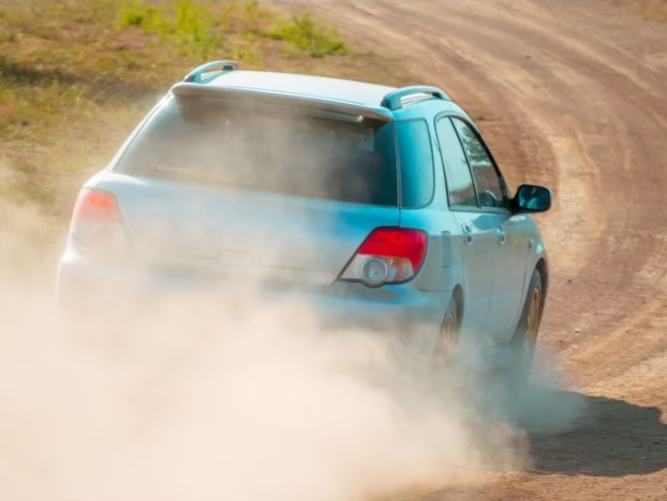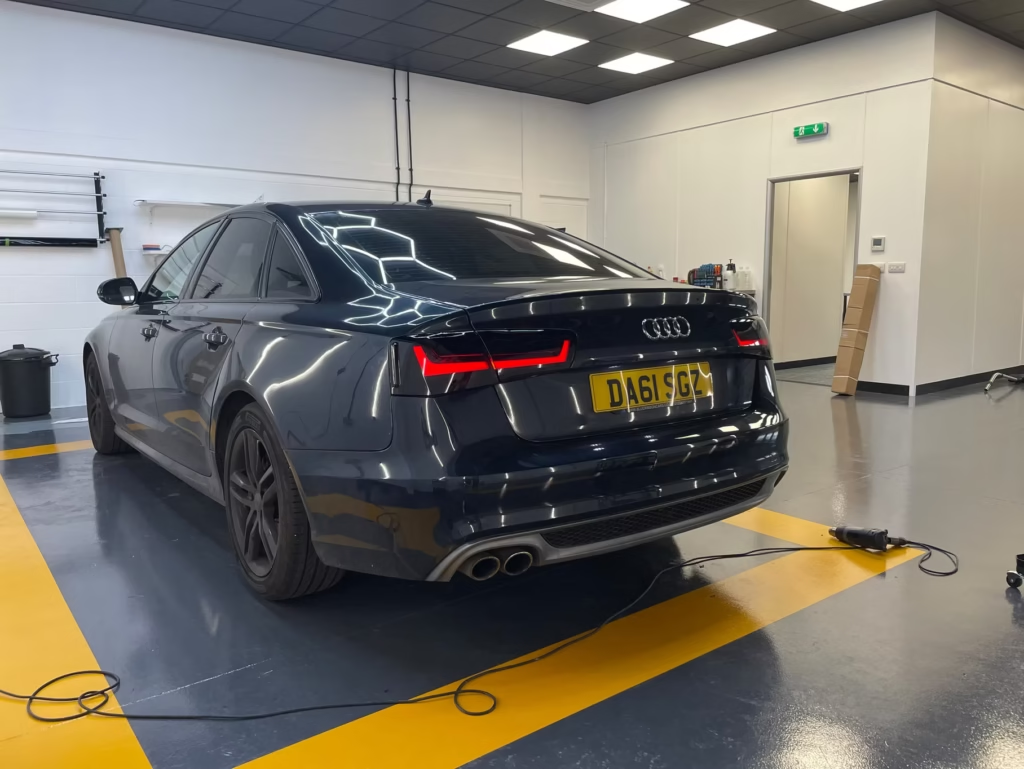// Which Cars Have Gained Or Lost The Most From Modification?

The goal of car customisation is to personalise a car to make it better fit your ideals for it. This can be in terms of aesthetics, design, personalisation, performance or a combination of all of the above, but the ultimate aim is to make it better.
Working with specialists who know each field will be able to create a beautiful paint scheme, delicate detailing or a customised wrap that protects the underlying finish whilst transforming the look of the car.
Some cars, particularly so-called homologation specials, are extensively changed in the pursuit of performance or looks, and whilst that can often lead to fantastic results, it can also sometimes lead to some rather infamous models.
Here are some cars that have benefitted from modification and others that ended up losing out.
Winner: Peugeot 205 T16
Whilst the originator of the hot hatchback concept was the extremely popular VW Golf GTi, the Peugeot 205 GTi was for a time even more popular, and it benefited from one of the most storied rally modifications ever made.
During the short-lived Group B era of rallying, the 205 Turbo 16 was one of its most successful and iconic cars, with the reputation of the French manufacturer receiving a boost that would last two decades for making fast, exciting hatchbacks.
Loser: Porsche 917
A racing car based on the legendary 908, the 917 did not lack one bit in performance, winning the 24 Hours of Le Mans twice during its short racing history.
However, to say that its appearance was somewhat controversial was a massive understatement; Porsche’s then-sponsor Martini despised it and refused to let the car wear the famous white, red and blue, describing it as a pig.
Porsche’s mechanics ran with this and created the now-iconic “Pink Pig” livery, although given its on-track success it was only needed for one race.
Winner: Ford Sierra RS500 Cosworth
Many of the Ford RS Cosworth cars outside of the custom-built RS200 could qualify, as they often looked better and had significantly improved performance compared to the standard car, but the Sierra RS500 became famous for its sheer dominance.
With its famous double-wing design, the Sierra RS500 Cosworth was one of the most successful modified cars ever made, winning nearly 85 per cent of the touring car races it entered.
It was so astonishingly dominant for years that it ultimately ended an entire category of racing. FIA Group A was the standard classification for the World Rally Championship and many national and international touring car racing leagues, but the Sierra’s success led to fragmentation.
This would inadvertently lead to the birth of Super Touring, the most beloved touring car category and home of some of the most iconic modified cars ever.
Loser: Peugeot 307 WRC
If the 205 T16 cemented Peugeot’s reputation for making fast, agile, versatile rally cars, then the infamous 307 WRC could be credited with destroying that reputation completely.
Whilst it would win three rallies in astonishing fashion, the 307 WRC was plagued by poor design choices, handling characteristics which did not suit the talents of lead driver Marcus Gronholm and reliability issues so infamous that one infamous compilation of its breakdowns is over 20 minutes long.
The choice to use a four-speed gearbox instead of the standard six at the time (with eight-speed gearboxes not unheard of) and constant transmission and power steering issues made the car close to undrivable at times, and changed Peugeot’s reputation in motorsport.
Winner: BMW E30
Possibly the modified car with the longest legacy, the first BMW M3 was designed as a competitor to the Mercedes 190E for Group A motorsport. However, its legacy would be far more than a homologation special.
Through its monumental on-track success, it created the “super saloon”, a comfortable four-seater saloon car that can be used as a daily driver, but could also be taken to the track and be astonishingly competitive.
The M3 is still being made to this day as the top-of-the-range version of BMW’s 3-Series saloons.
Loser: MG Metro 6R4
If the Peugeot 205 T16 was the epitome of how a racing series such as Group B can improve the fortunes and reputation of a car, the MG Metro 6R4 proved the precise opposite with its rather unusual styling.
It is impossible to talk about the Williams-designed homologation special without talking about its front wing, and during the 1986 season, not one Metro 6R4 managed to complete any of the courses it was entered for.
With Group B itself banned before the end of the year, its legacy was as a bizarre curiosity and strangely designed machine rather than proof of the power of the Austin Mini/MG/Rover Metro.
Looking for the top Vehicle Wrapping and Modification specialists in Yorkshire?
Get in touch with us today to see how we can help.



